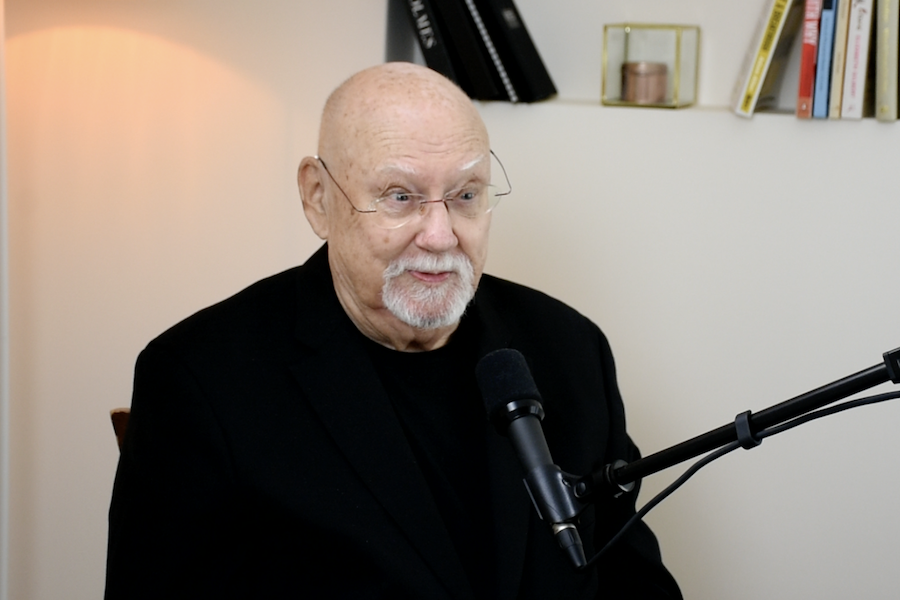What fifty years in business has taught Sir Ray Avery about survival
Pictured above: Sir Ray Avery.
From homeless to knighted entrepreneur, Sir Ray Avery shares the simple strategies that helped him reinvent himself and his tech career.
Sir Ray Avery doesn’t believe in bad luck. To him, every failure in business is either something you failed to foresee or a brutal teacher you’ll never ignore again.
He’s built drug plants in war zones. Lost millions through customs delays. Saved children’s lives with medical devices. And nearly lost it all after relentless media scrutiny.
In the latest episode of Notes from the Executive with Mina Amso, Sir Ray opens up about the brutal reality of building something that matters especially when it all goes sideways. He shares his 50 years’ worth of business insights, including these three tips for fellow entrepreneurs on strategic survival:
Sir Ray’s simple business advice
- Plan to fail
You don’t build just any product, system or supply chain without doing what Avery calls “failure mode and effects analysis”.
“Assume it will go wrong. Then plan for every scenario you can. [It’s] not about being negative, but smart. If you’re in business right now, you’re likely to have others with you [stakeholders, partners, co-founders or suppliers], think about what could go wrong.”
He suggests making a detailed plan with the things that could go wrong, and the likely solutions.
“Every disaster that I’ve ever had in my life has been a result of either failing to do a complete failure mode risk analysis, or mostly the unforeseen events which you can’t necessarily mitigate by having that failure mode risk analysis.”
- Resilience and teamwork are crucial
Avery’s biggest wins didn’t come from strategy, he says they came from building a great team with great culture, and what he calls, his “secret to success”.
He recalls just days before launching a life-changing medical facility overseas, disaster struck: The entire factory ceiling collapsed. Esteemed guests were expected to travel for the opening. What happened next was a 72-hour sprint of grit and teamwork that turned near-failure into a win he still talks about today.
Success, he says, also comes from the ability to persist through failure, pivot around obstacles, and build supportive teams who believe in the vision, “find wing men, build teams, failure is only a cul-de-sac on the way to success”.
- Forget features. Who’s the real customer?
Most failed products were built for customers who never actually existed, he warns. One pivot saved his tech company. Another shifted a retirement home product into a life-saving domestic violence tool.
“[Ask], who is the customer? Who is the real customer for the product? And often you’ll find there actually isn’t one. You think there’s one, but there actually isn’t, when you actually drill down to what’s going on here. And so people create customers in their head and say there is a market for whatever that product is.”
For more in-depth insights and business anecdotes from Avery, watch the episode, here.








